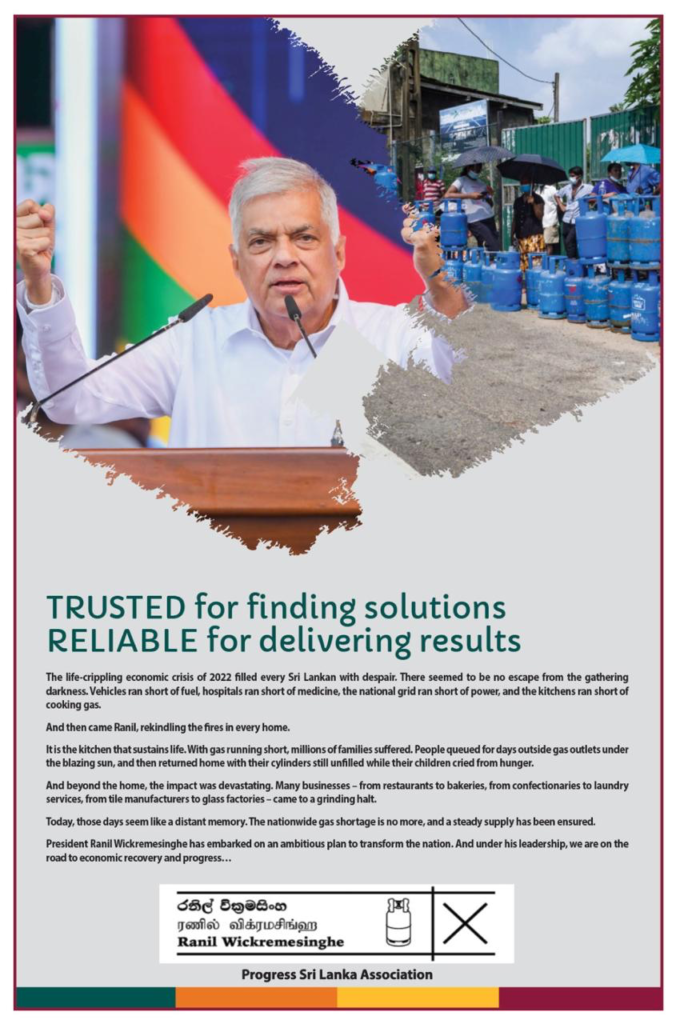September 13, Colombo (LNW):The Indo-Lanka electricity grid connectivity project is nearing approval, with the Sri Lankan Power and Energy Ministry having already submitted comments on the draft Memorandum of Understanding (MoU) and awaiting feedback from India.
This ambitious project, according to Ministry Secretary Dr. Sulakshana Jayawardena, envisions a 120 km undersea submarine cable connecting Mannar in Sri Lanka with Madurai in southern India. It will consist of 25 km of overhead transmission in Sri Lanka and 130 km in India.
The aim is to enhance Sri Lanka’s energy security and position the country within the regional renewable energy (RE) market.
The concept of an interconnected power grid between India and Sri Lanka has been under consideration for over a decade but has gained momentum in recent years.
The Sri Lankan government has set a target to connect the two grids by 2030, aligning with its broader renewable energy goals.
One of Sri Lanka’s key energy objectives is to generate 70% of its electricity from renewable sources by 2030. The grid connection with India is seen as a critical step in achieving this, along with transitioning its thermal plants from diesel to liquefied natural gas (LNG).
However, there are commercial, technical, and environmental challenges in optimizing the electricity mix. Sri Lanka will need to determine the right balance of electricity imports from India, LNG-based power generation, and renewable energy to meet its growing energy demands.
The commercial aspect of the project is particularly complex. While India’s coal-heavy energy grid could provide Sri Lanka with cheaper electricity, it may undermine Sri Lanka’s renewable energy goals.
India’s energy sector is still highly dependent on coal, which accounts for over 70% of its electricity generation. Importing electricity from India would reduce costs for Sri Lanka but not necessarily boost its green credentials.
As Prof. Anura Wijayapala from the University of Moratuwa points out, negotiating a favorable power purchase agreement (PPA) with India is essential for Sri Lanka to benefit from lower electricity prices.
In addition to managing commercial aspects, there is a challenge in coordinating the expansion of Sri Lanka’s renewable energy sector with the grid connection.
If Sri Lanka develops its renewable energy resources more quickly than anticipated, it could lead to excess capacity, which could potentially be sold to India.
However, the market conditions in India, with low tariffs due to competitive bidding, may not favorably support Sri Lanka’s renewable energy developers.
Moreover, the infrastructure needed for LNG generation, including terminals and pipelines, adds another layer of complexity. There are concerns that commitments to LNG could hinder Sri Lanka’s ability to fully harness its renewable energy resources.
Despite these challenges, the grid connection offers significant benefits. It would allow Sri Lanka to export excess renewable energy to India and enhance energy security by ensuring a two-way flow of electricity.
The project could also create jobs and attract investment in renewable energy projects in Sri Lanka. However, ensuring the optimal mix of imported electricity, LNG-generated power, and renewables will require careful planning, including the use of simulation models to guide decision-making.




